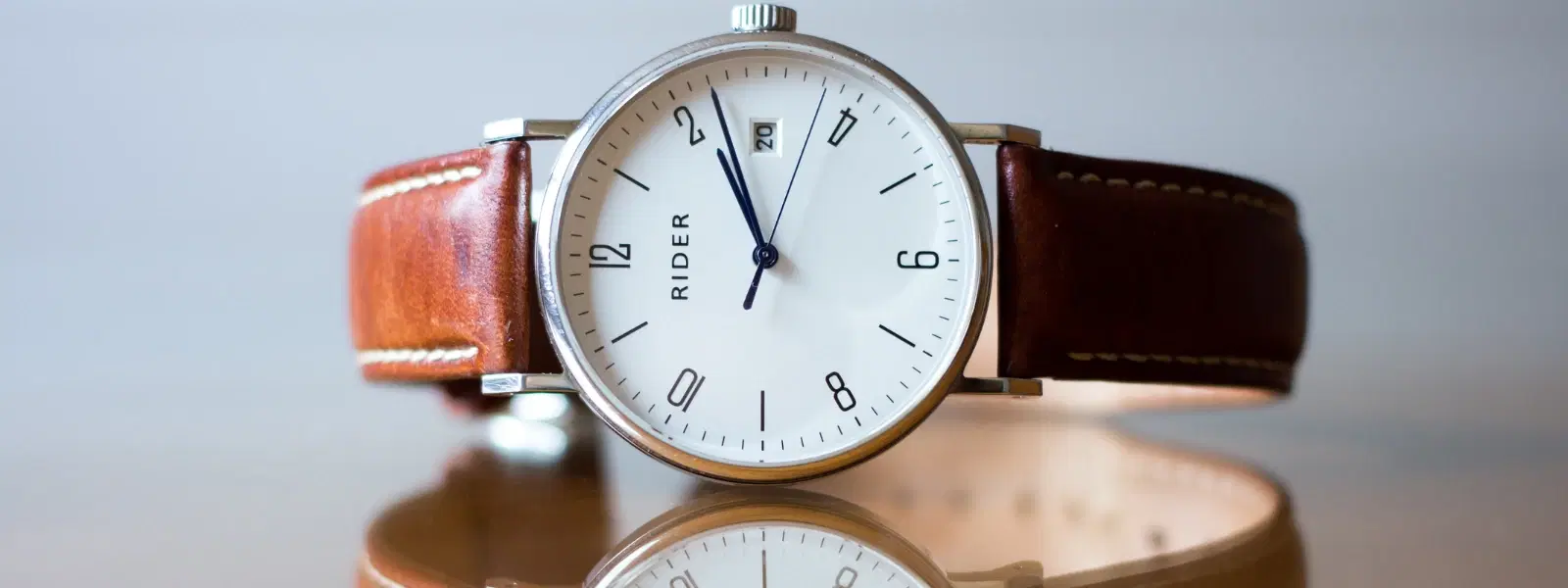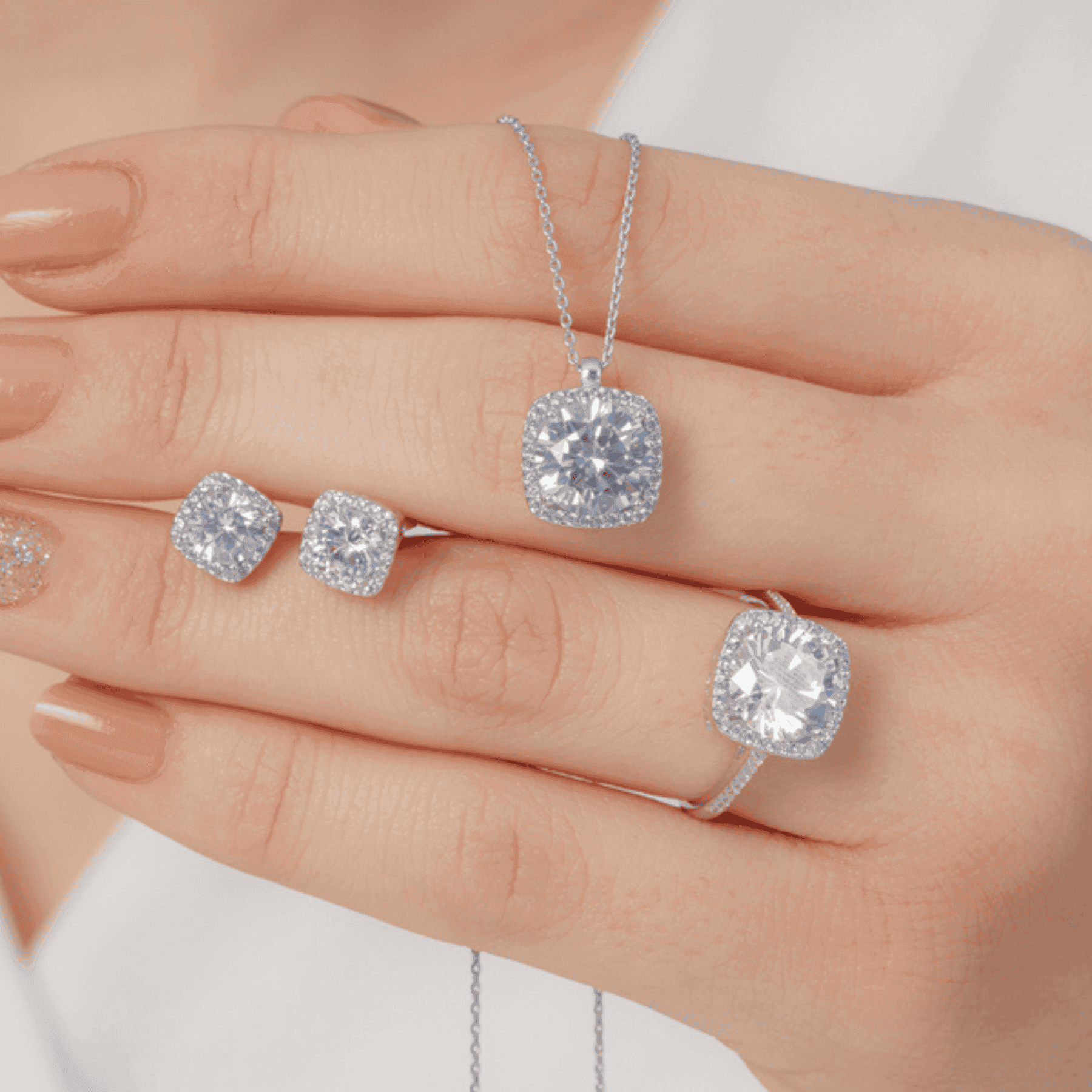
Watches & Jewellery
•03 min read

Understanding watch water resistance ratings is essential if you love exploring life in style. Whether you are splashing through daily routines or diving into water sports, this guide helps simplify technical terms and breaks down what water resistance explained really means for your timepiece. This checklist will walk you through the basics, the ratings, and how to care for your watch so you can sport your accessory with confidence.
Water resistance in watches refers to the ability of a timepiece to endure water exposure without damage. This attribute is measured in meters, bars, or atmospheres (ATM), giving you a scale of how much exposure your watch can withstand. Standards such as ISO 2281 are applied to regular water-resistant watches, while ISO 6425 ensures higher resistance and durability in diving watches. It is important to understand the difference between waterproof and water-resistant watches; while the former may imply complete protection, most watches are water resistant, meaning they can handle water exposure under certain conditions.
Water resistance levels in watches provide a clear guide to what each watch is capable of enduring. Consider the following common ratings: the 30m, or 3 BAR/3 ATM classification is generally splash-resistant and suitable for light rain or hand washing. A watch rated at 50m, 5 BAR, or 5 ATM is safe for showering or light swimming. Step it up to 100m, 10 BAR, or 10 ATM, and the watch is ideal for swimming and snorkeling but not meant for diving. Watches with 200m (20 BAR/20 ATM) are designed for recreational scuba diving, while higher ratings of 300m and above meet the demands of professional diving settings. It is also vital to remember that watches are tested under static pressure, but dynamic pressure from water movement can exceed these standard limits.
Pro Tip: Always check the manufacturer’s specifications for water resistance levels, as testing methods and design variations mean that even similar water resistant watch ratings can perform differently.

Understanding how water resistance works in watches offers insight into its reliable performance. Key components include watch seals, typically made from rubber or silicone that guard against water ingress, and the robust crystal and case design that ensures durability. The inclusion of a screw-down crown in many models adds an extra layer of defense by sealing any potential entry points. However, wear and tear over time can impact these seals, and exposure to extreme temperatures or chemicals may affect their efficiency. This comprehensive watch water resistance guide underlines the importance of routine maintenance and careful usage to ensure longevity and optimum performance.
Selecting the best water resistant watches to match your lifestyle depends largely on your activities and how you intend to use them. Begin your checklist by assessing whether you need a watch for everyday casual use, where a 30m–50m rating is acceptable, or if you engage in water sports that require a resistance rating of 100m–200m. For those who love diving, opt for a watch with at least 300m+ resistance and ISO 6425 certification for extra assurance. Remember, additional features like a screw-down crown and professional testing, such as watch seals and water resistance measures, further elevate the reliability of your chosen timepiece.
Proper care is crucial for maintaining the performance of water resistant watches. It is advisable to avoid exposure to extreme heat or chemicals, such as soap and chlorine, which can damage your watch seals and impair water resistance. Always ensure the crown is fully closed when you are near water, and rinse your watch with fresh water after exposure to saltwater or chlorine. This same care extends to water resistant jewellery care practices, which recommend storing your pieces in a dry, safe environment when not in use. Regular servicing is also key; it is wise to have your watch inspected annually so that worn seals or gaskets can be replaced, ensuring your timepiece remains reliable and stylish.

30m waterproof means the watch can handle light splashes and rain, but it is not recommended for swimming or prolonged water exposure.
The ideal water resistance depends on your activities. For day-to-day use, a rating of 50m is often enough. For swimming or water sports, consider a watch with 100m to 200m resistance, and for diving, choose one with a rating of 300m or higher.
Water resistance works through a combination of robust seals, durable design, and secure components that shield the watch from water ingress under defined pressure conditions.
300m water resistance indicates that the watch is designed for professional diving, capable of withstanding static pressure equivalent to submersion depths of up to 300 meters.
Understanding water resistance explained and the various ratings makes it easier to choose a timepiece that matches your lifestyle and water-related activities. From everyday use to professional diving, each level of water resistance is designed with specific conditions in mind. By staying informed about features like watch seals, depth ratings, and care tips, you can ensure your watch remains both a stylish accessory and a reliable companion. Take your time to explore water resistant watches and water resistant jewellery care, and enjoy a blend of durability and chic sophistication every day.